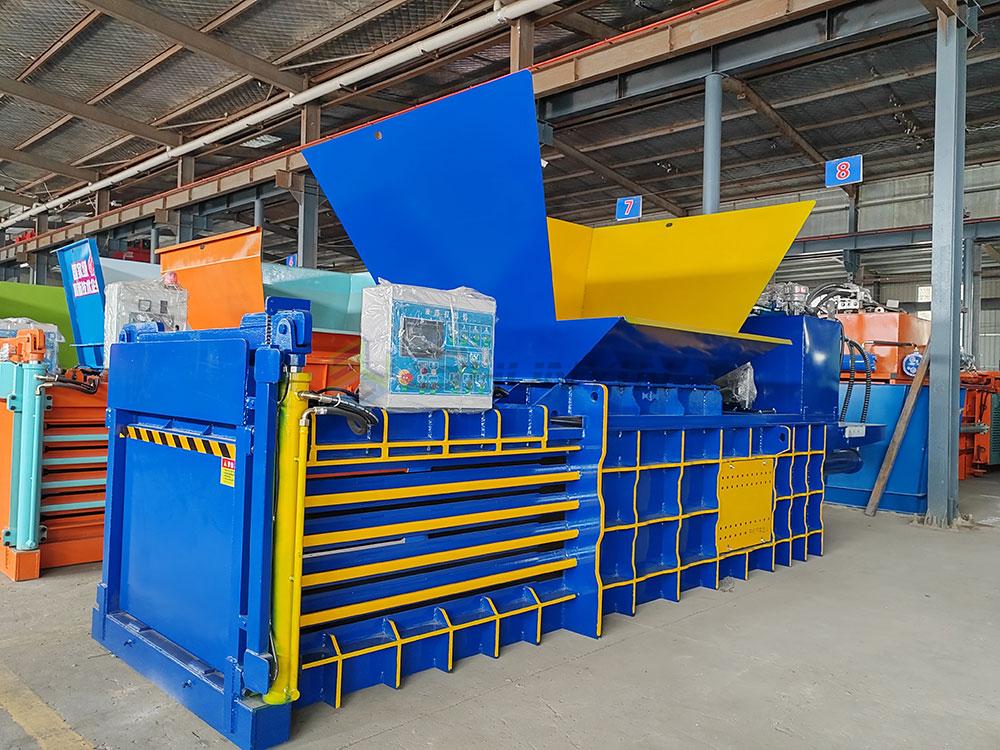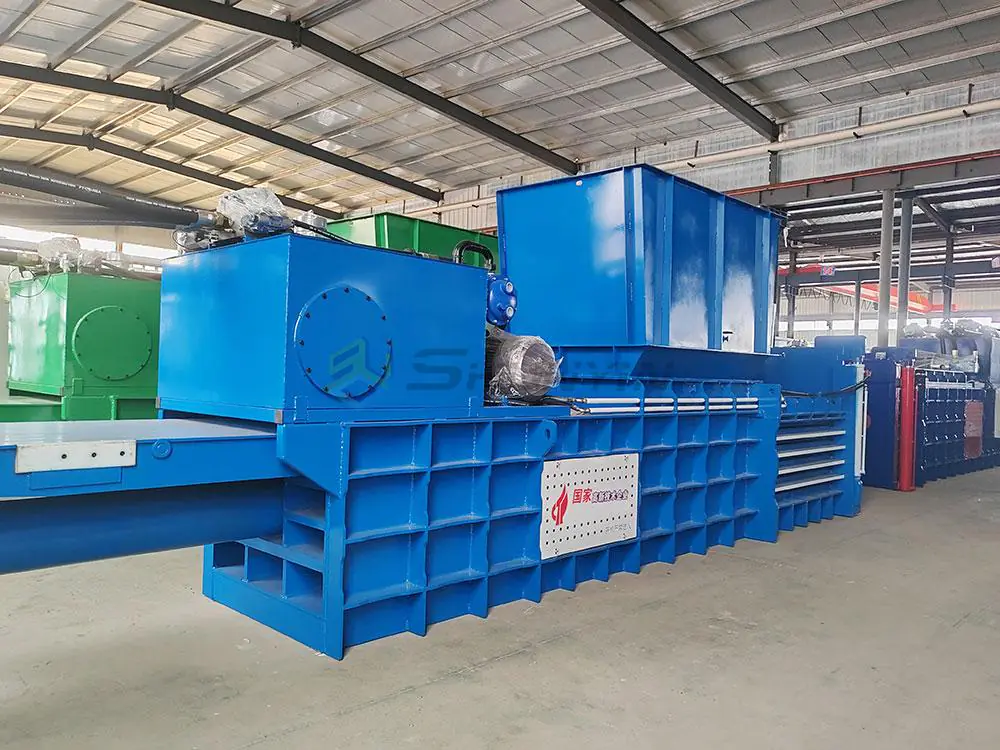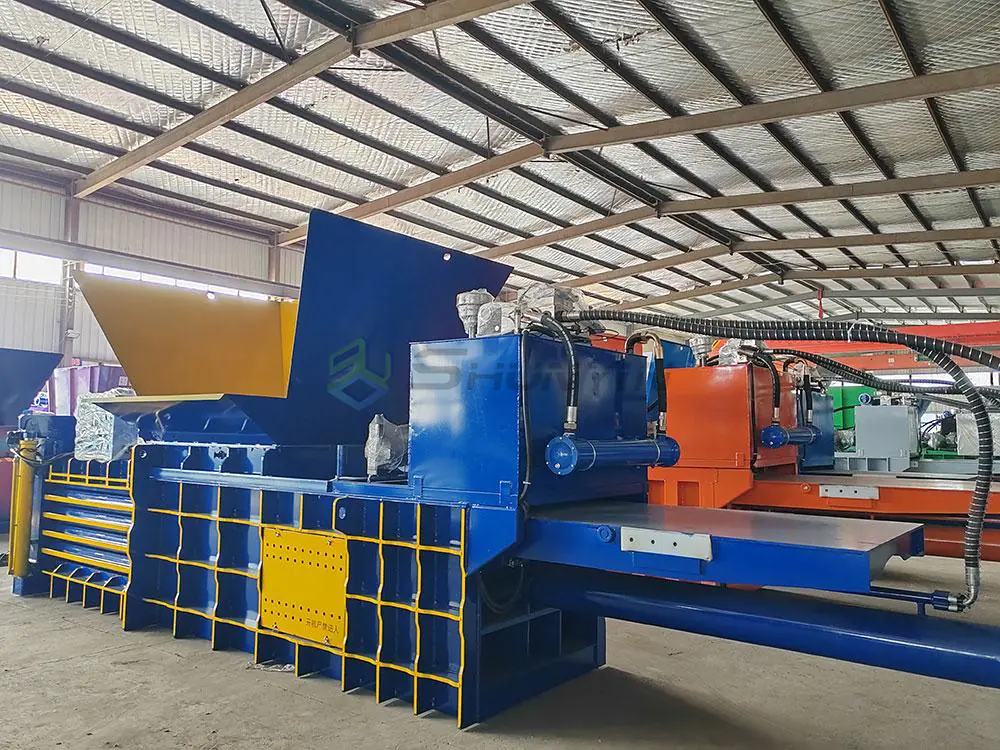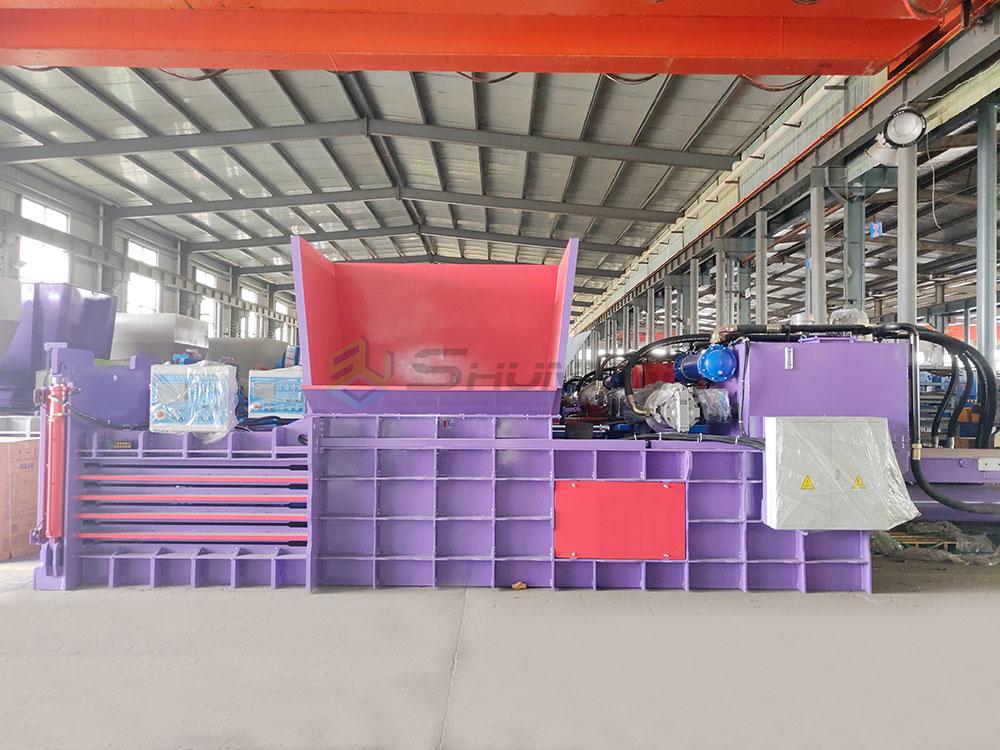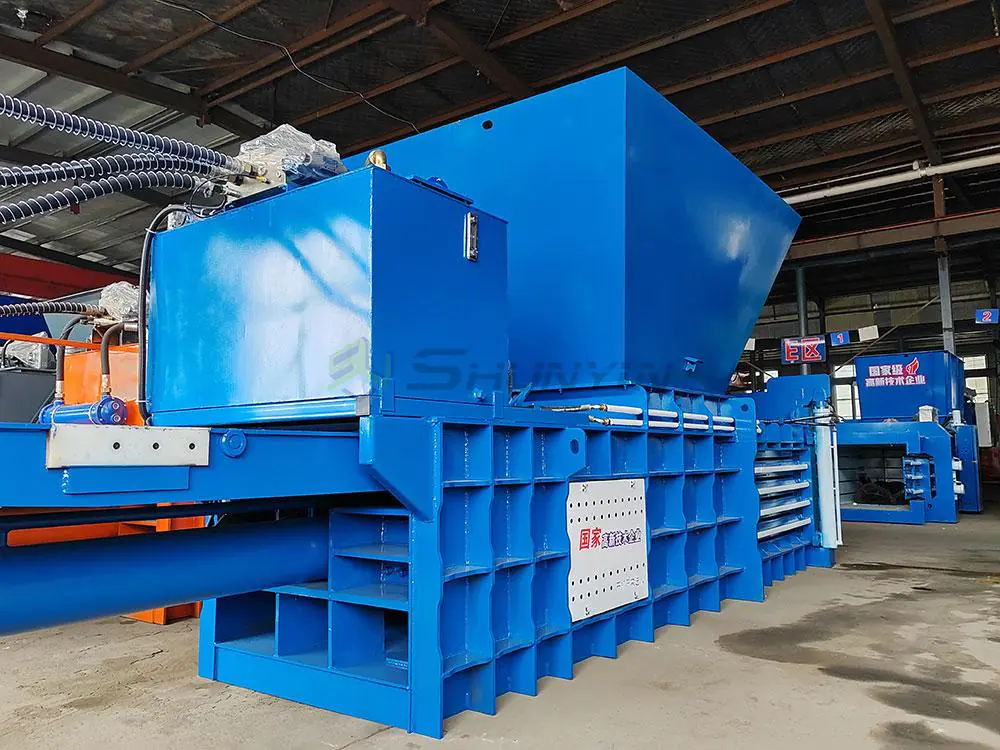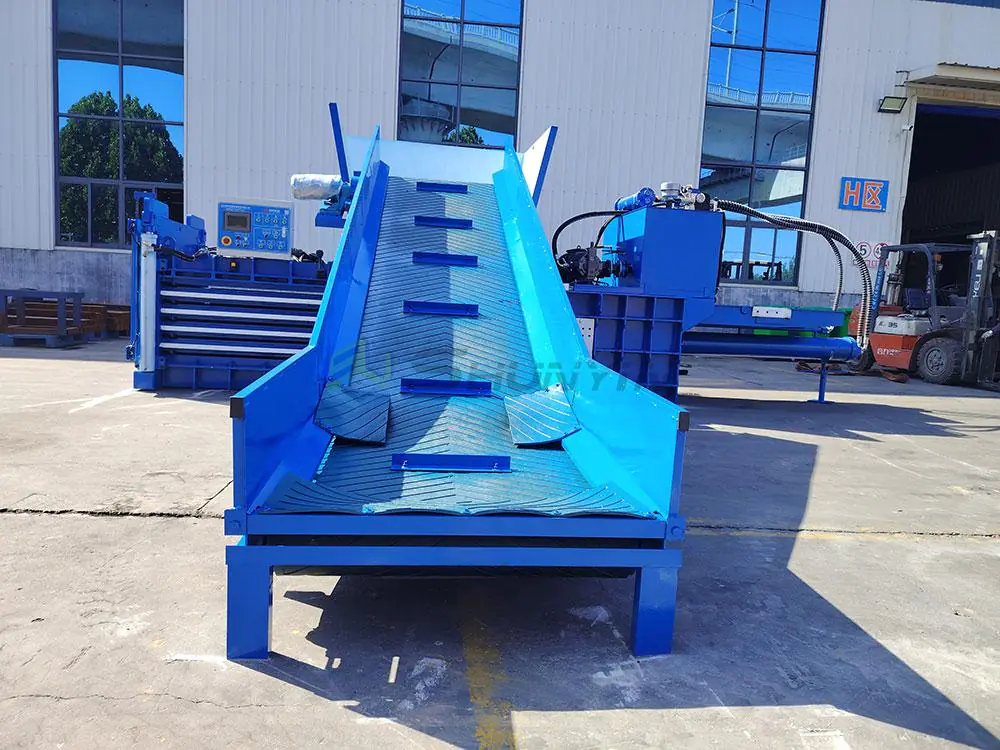
Last month, we shipped our 107th baling machine to a Canadian recycling plant – but what exactly makes these industrial workhorses so essential for modern waste management?
A baling press machine is a hydraulic compactor that densifies recyclables (paper/plastic/metal) into uniform blocks using 12-300 tons of force. Key components include compression chambers, hydraulic rams, PLC control systems, and strapping mechanisms. Our ISO-certified machines process 2-30 tons/hour with 15%-40% higher density than market averages.
Understanding these machines requires examining three fundamental aspects that 83% of our international clients initially misunderstood when purchasing.
What Is the Purpose of a Press Machine?

When Singapore client GreenCycle replaced manual compactors with our horizontal baler, their warehouse space utilization improved by 58% in three months. Here’s why:
Core Functions Matrix
| Function | Manual Compaction | Our Baling Press | Improvement |
|---|---|---|---|
| Density Output | 150kg/m³ | 820kg/m³ | 447% |
| Operation Speed | 45 minutes/bale | 6 minutes/bale | 650% |
| Labor Required | 3 workers | 0.5 operator | 83%↓ |
| Energy Use | 11kW | 18kW | +63% (but 71% lower cost/ton) |
Critical operational advantages:
- 12% higher scrap material resale value
- 35% reduced transportation costs
- Compliance with EU recycling standards
Our Vietnam client’s PET bottle processing:
- Daily output: 28 tons → 41 tons
- Storage space: 650m² → 230m²
- Profit margin increase: 19%
What Is the Purpose of Baling?

During our factory demonstration last week, Japanese buyer Tanaka witnessed seven key baling purposes:
Baling Benefit Analysis
| Purpose | Technical Implementation | Commercial Impact |
|---|---|---|
| Volume Reduction | Hydraulic 40-ton compression | 85% space saving |
| Transport Safety | Uniform bale dimensions | 60% stack efficiency |
| Material Value | Denser bales (650kg/m³+) | 12-25% price premium |
| Environmental | Recyclable strapping | LEED certification |
| Operational | Auto-tie systems | 73% labor reduction |
Our Indonesian partner gained:
- $3.8M annual export growth from premium bales
- 41% container loading speed improvement
- 22% reduction in damaged goods claims
How Do Baling Machines Work?

Our engineers developed a unique six-step process after 15 years of manufacturing:
Operational Workflow Breakdown
| Step | Action | Technical Specs | Duration |
|---|---|---|---|
| 1. Loading | Conveyor feed | 1.2m wide belt | 14 sec |
| 2. Pre-compress | 12-ton pre-press | 6mm steel plate | 28 sec |
| 3. Main press | 35-ton force | 250bar hydraulic | 41 sec |
| 4. Binding | Auto wire tier | 6-8 straps/bale | 19 sec |
| 5. Ejection | Hydraulic pusher | 1.5m stroke | 9 sec |
| 6. Reset | Chamber clearance | IP65 sensors | 6 sec |
Key component specifications:
- Hydraulic Pump: 22kW, 1450rpm, 230bar
- Programmable Logic Controller: Siemens S7-1200
- Safety System: 5 emergency stops + light curtains
Singapore user Tiong Woon achieved:
- 11.5 bales/hour constant output
- 0.3% system failure rate
- 12 liters hydraulic oil consumption/day
Conclusion
Modern baling presses combine industrial power with smart automation for maximum efficiency. With 23 patented technologies, our machines deliver guaranteed performance. Get your machine details within 4 hours – includes free engineering consultation.


